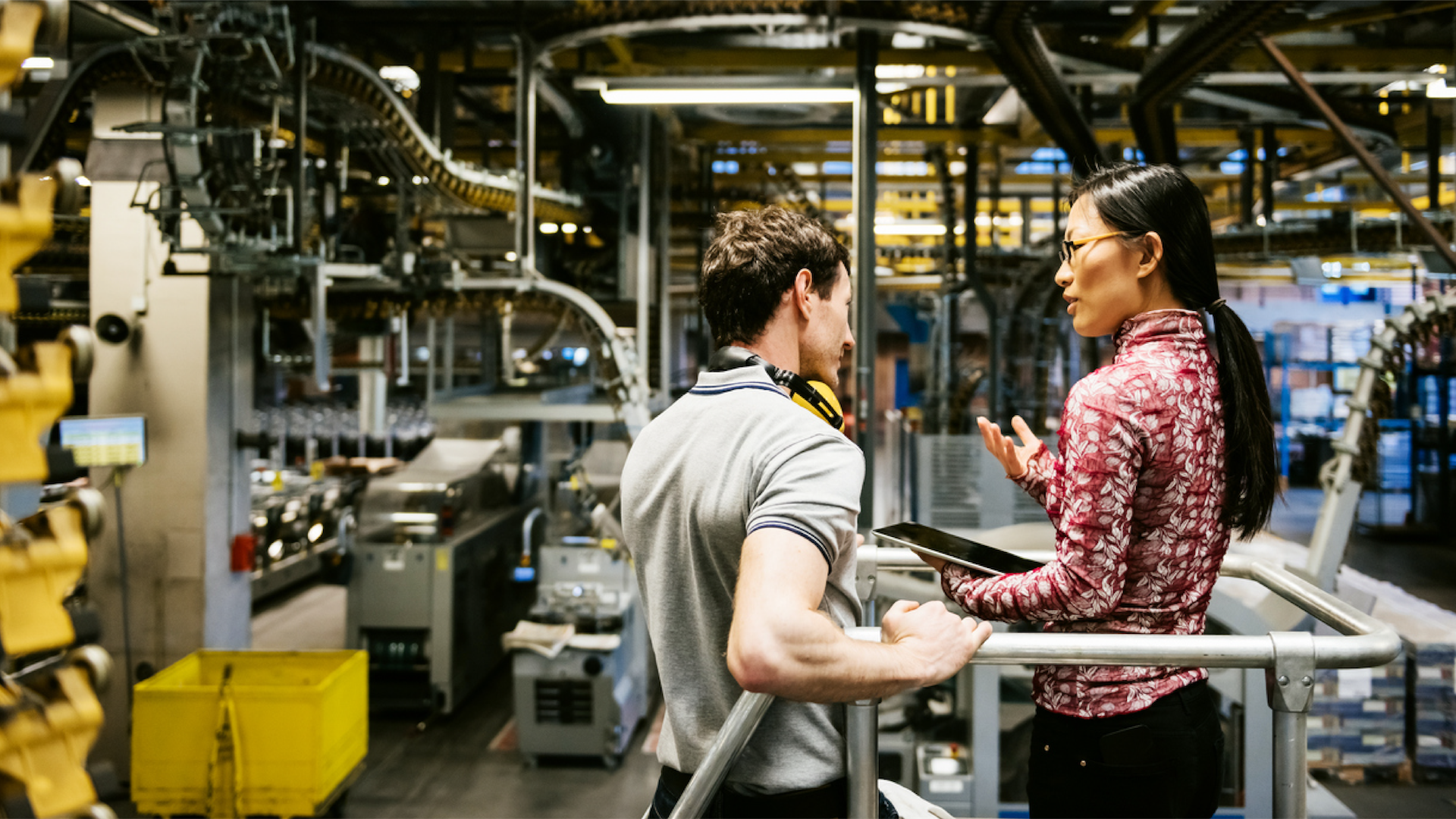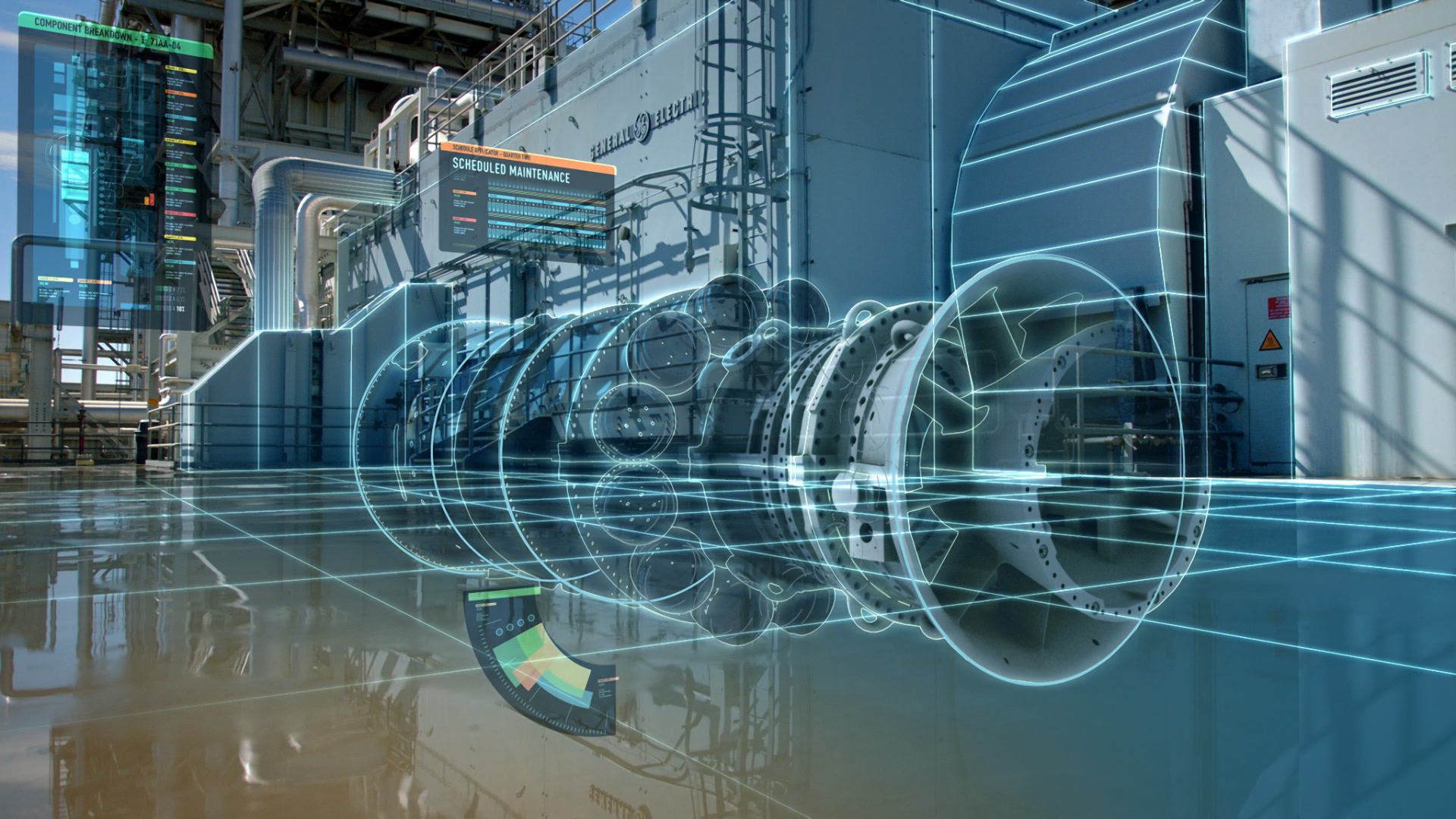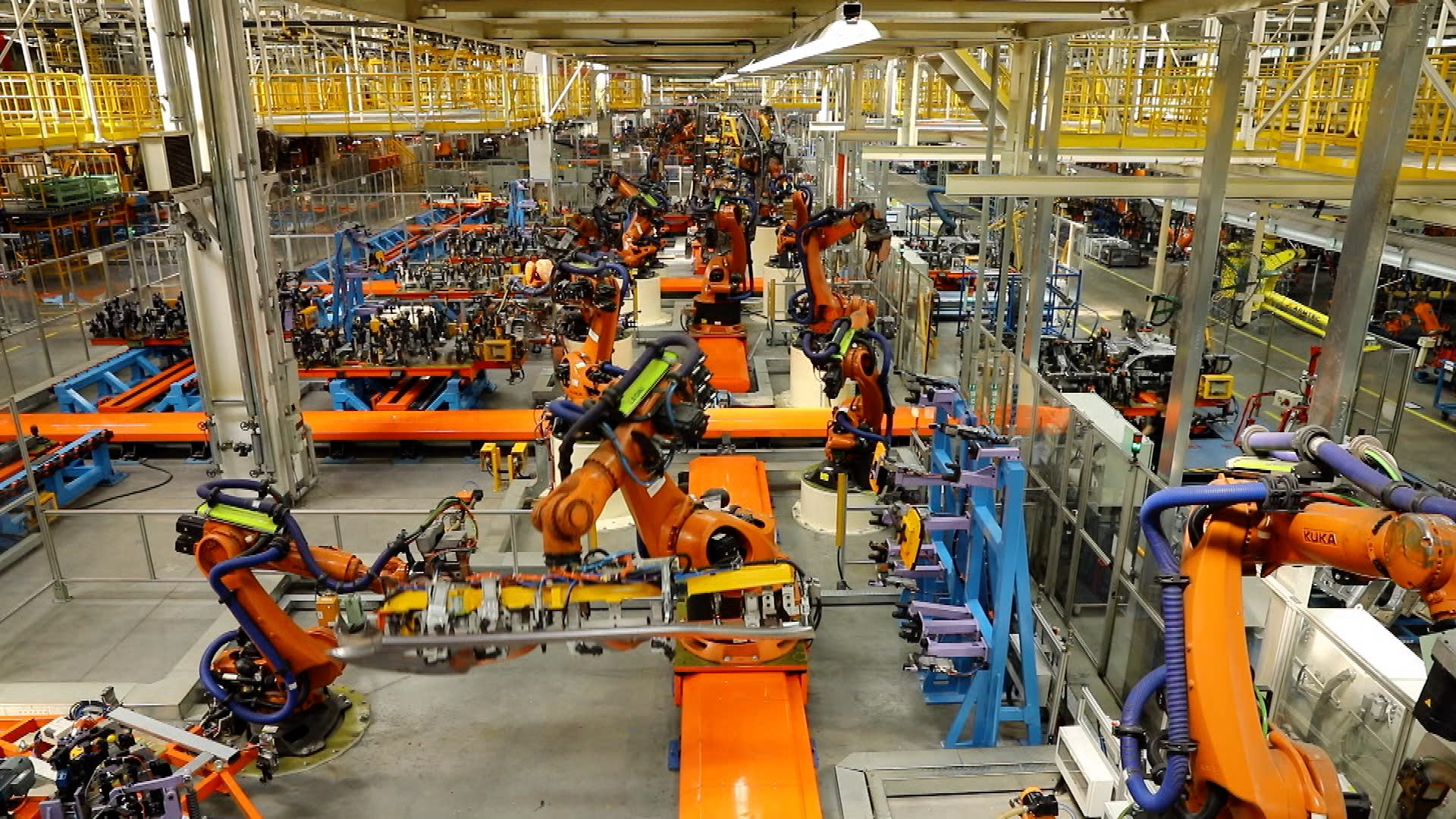Phoeintl
Global Industrial Manufacturing .
Our Services
Aerospace
Gear & Machining
Lightweight, high performing materials.
Industrial
Original products and components from trusted industries.
Get a Quote For Your Project
Industrial Manufacturing
The makers of industrial parts and machine components with highest-quality assurance.
Years Established
Completed Projects
About Us
Mission
To create high-quality materials and auto parts for efficient automation.
Vision
A completely successful automation program with the fail-proof installations.
Values
To provide high-quality material to our clients and manufacturers.
Technology We Use
We implement the most advanced machinery and software systems to produce top quality, highly accurate automotive parts.

Call For a Quote:
53-32-83236
Other Services
Check out our complimentary services to our trusted clients and apply to get free consultancy today.
Lubrication
Best lubricants and oils for smooth performing automobiles.
Power Generation
Best spark technology and battery life for long-lasting performance.
Client Testimonials
Great car parts. We are on a two-year contract to provide my garage with quality body parts and machine parts.
Totally a reliable service at the best prices. Great customer support to fulfil any requirements in a short time period.
I order car parts and oil directly from the wholesale produces and suppliers which is a profitable deal for me without a doubt. All the products are of the best quality I can expect.
Latest From Blog
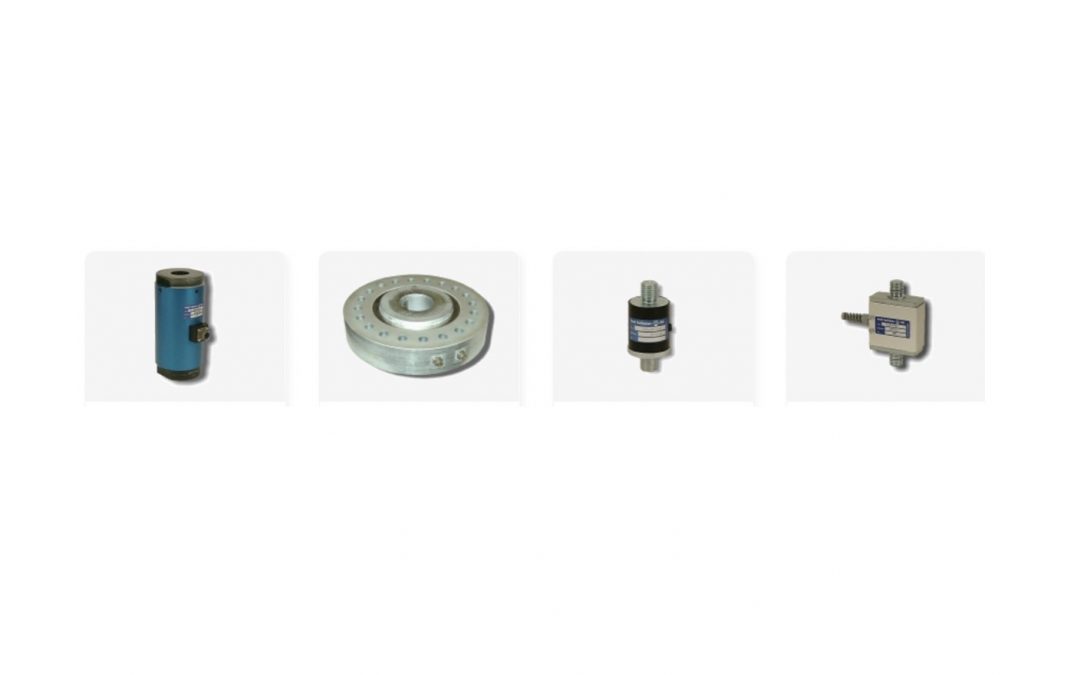
What are the different types of force sensors?
Force sensors are devices used to measure the force or load applied to them. They are commonly used in various applications, including industrial, automotive, robotics, and medical fields. Read more about force sensors.
Here are some of the different types of force sensors:
Strain Gauge Load Cells:
Strain gauges are the most commonly used force sensing technology. Load cells based on strain gauges measure the strain experienced by the gauge when a force is applied, which is then converted into an electrical signal proportional to the force. They are available in various configurations, such as beam, shear, and S-type load cells.
Piezoelectric Force Sensors:
These sensors use the piezoelectric effect, where certain materials generate an electrical charge when subjected to mechanical stress. When a force is applied to a piezoelectric sensor, it generates an electrical output proportional to the force magnitude. They are known for their high-frequency response and dynamic range.
Capacitive Force Sensors:
Capacitive force sensors operate based on the change in capacitance between two conductive surfaces when a force is applied. The capacitance varies with the distance between the surfaces, which changes when force is applied. The change in capacitance is then converted into a corresponding electrical signal.
Magnetic Force Sensors:
Magnetic force sensors measure the force between two magnets or a magnet and a ferromagnetic material. When a force is applied, the magnetic field strength changes, which is detected by the sensor. These sensors are often used in non-contact force measurement applications.
Optical Force Sensors:
Optical force sensors utilize optical principles to measure force. They typically involve the use of optical fibers, gratings, or interferometers. When a force is applied, it alters the optical properties, such as the light intensity or phase, which can be measured to determine the force magnitude.
Load Buttons and Compression Cells:
Load buttons and compression cells are compact force sensors designed to measure compression or tension forces. They consist of a load-sensitive element, such as a strain gauge or a piezoelectric material, integrated into a button or a cylindrical shape.
Force Sensing Resistors (FSRs):
FSRs are resistive sensors that change their resistance in response to applied force. They consist of a conductive polymer material with interlocking particles. When a force is applied, the particles compress, causing a change in resistance. The resistance change is then measured and correlated to the applied force.
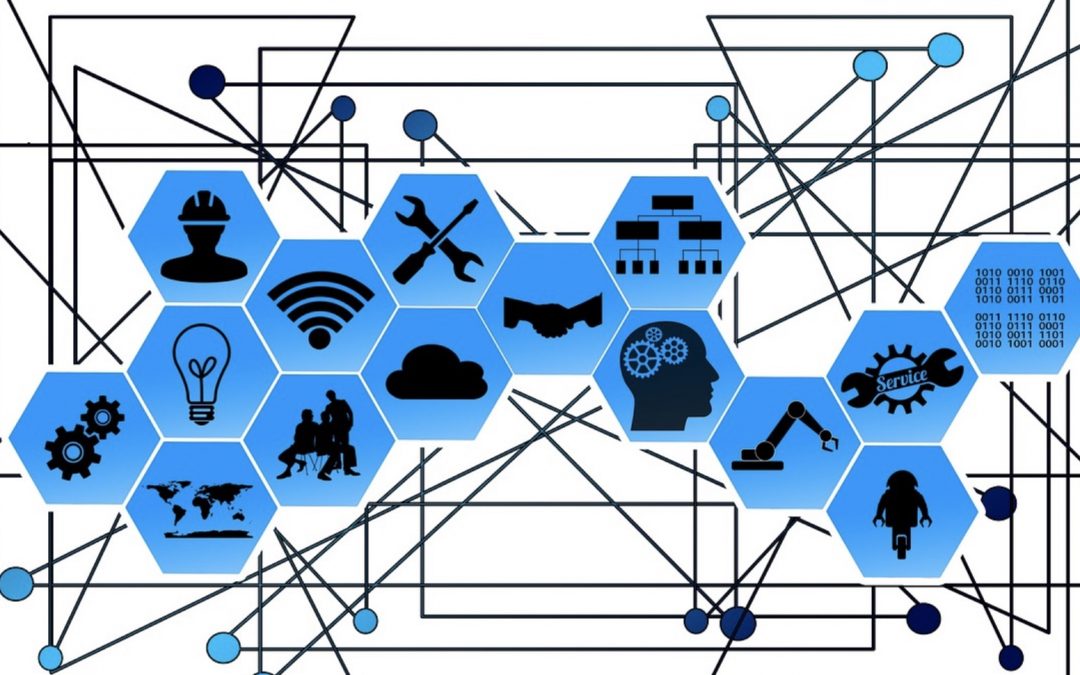
Force Sensors for Industrial Manufacturing
Force sensors for industrial purposes and in manufacturing are devices specifically designed to measure and monitor forces within industrial processes and manufacturing operations. They are utilized in various applications to ensure safety, improve quality, optimize production, and enhance efficiency. Here are some common applications of force sensors in industrial settings:
- Quality Control and Testing: Force sensors are employed in quality control processes to verify the strength, integrity, and performance of manufactured products. They can be used to measure the compression or tension forces during material testing, assembly verification, and product validation.
- Robotics and Automation: Force sensors are integrated into robotic systems and automation equipment to enable force-controlled operations. They provide feedback to robots, allowing them to detect and adjust their forces while interacting with objects or performing tasks like assembly, pick-and-place operations, and surface finishing.
- Load Monitoring: Force sensors are used in manufacturing equipment, such as cranes, hoists, and conveyors, to monitor the loads being lifted or transported. By measuring the applied forces, they ensure that the equipment operates within safe load limits and prevent overloading or equipment failures.
- Machining and Cutting Processes: Force sensors are utilized in machining and cutting operations to monitor and control the forces exerted during the process. They help optimize the cutting parameters, such as feed rates and tool pressure, to enhance efficiency, minimize tool wear, and ensure consistent quality.
- Presses and Stamping: Force sensors are commonly employed in presses and stamping machines to measure the forces exerted during metal forming processes. They provide real-time feedback on the applied forces, enabling precise control and adjustment of the forming process for accurate shaping and improved product quality.
- Assembly and Joining Operations: Force sensors are used in assembly and joining processes to ensure proper alignment and force application during component assembly. They assist in achieving consistent and accurate joining, whether it involves pressing, riveting, welding, or adhesive bonding.
- Ergonomics and Workplace Safety: Force sensors play a role in ergonomic assessments and workplace safety by measuring the forces experienced by workers during manual handling tasks. They help identify potential risks and ensure that ergonomic guidelines are followed to prevent injuries and optimize working conditions.
- Packaging and Bottling: Force sensors are utilized in packaging and bottling equipment to measure and control the sealing and capping forces. They ensure proper sealing integrity and avoid issues like leaks or damage to the packaged products.
These are just a few examples of how force sensors are applied in industrial settings and manufacturing processes. By providing accurate force measurement and feedback, these sensors contribute to improved productivity, quality control, and safety in various industrial applications.
Load Indicator
Aröds industriväg 58, 422 43 Hisings Backa
Contact Load Indicator for enquiries: https://loadindicator.se/kontakt/
More information on force sensors: https://loadindicator.se/kraftgivare/

Hydraulic vs. mechanical crimping tools for electrical connectors
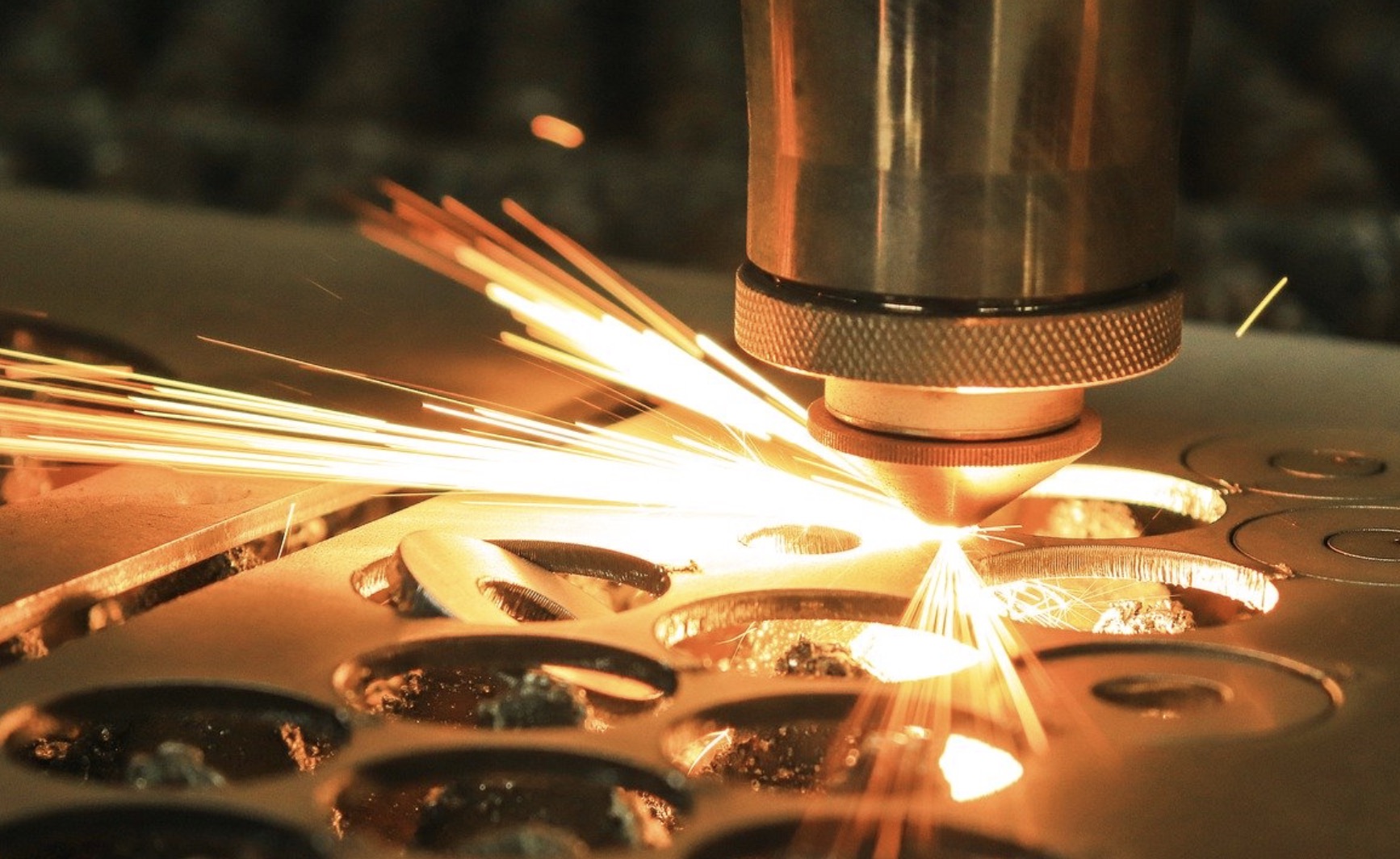
Hydraulic crimping tool
Want to measure force? Read more..
Mechanical Crimping tool
Measuring motion & force with force sensors & load cells
Engineers need to know the range of motion and force involved in mechanical designs before mechanical designs become viable pieces of equipment that provide operational and worker safety.
It is important to consider that force generally indicates push or pull motion. The push or pull motion can be magnetic, gravitational or electrical in nature. Force is measured by a meter. Note that force is measured in pounds. For instance, a lion’s bite is measured as 1235 pounds of bite force.
A force meter measures tension and compression such as the force compression of the lion’s bite. When tension and compression are measured, it acts on a sensor and is commonly referred to as a transducer.
How Force Sensors Act on Load Cells
. Pneumatic load cells
. Hydraulic load cells
. Magnetostrictive load cells
. Piezorestive load cells
. Inductive and reluctance load cells
. Strain gauge load cells
Fundamentally, the job of force sensors and load cells are interrelated. This is due to the fact that force sensors and load cells read and record weight of objects and their range of motion. In the example of a processing plant, there is the need for determining weight and precision mechanical force on processing operations.
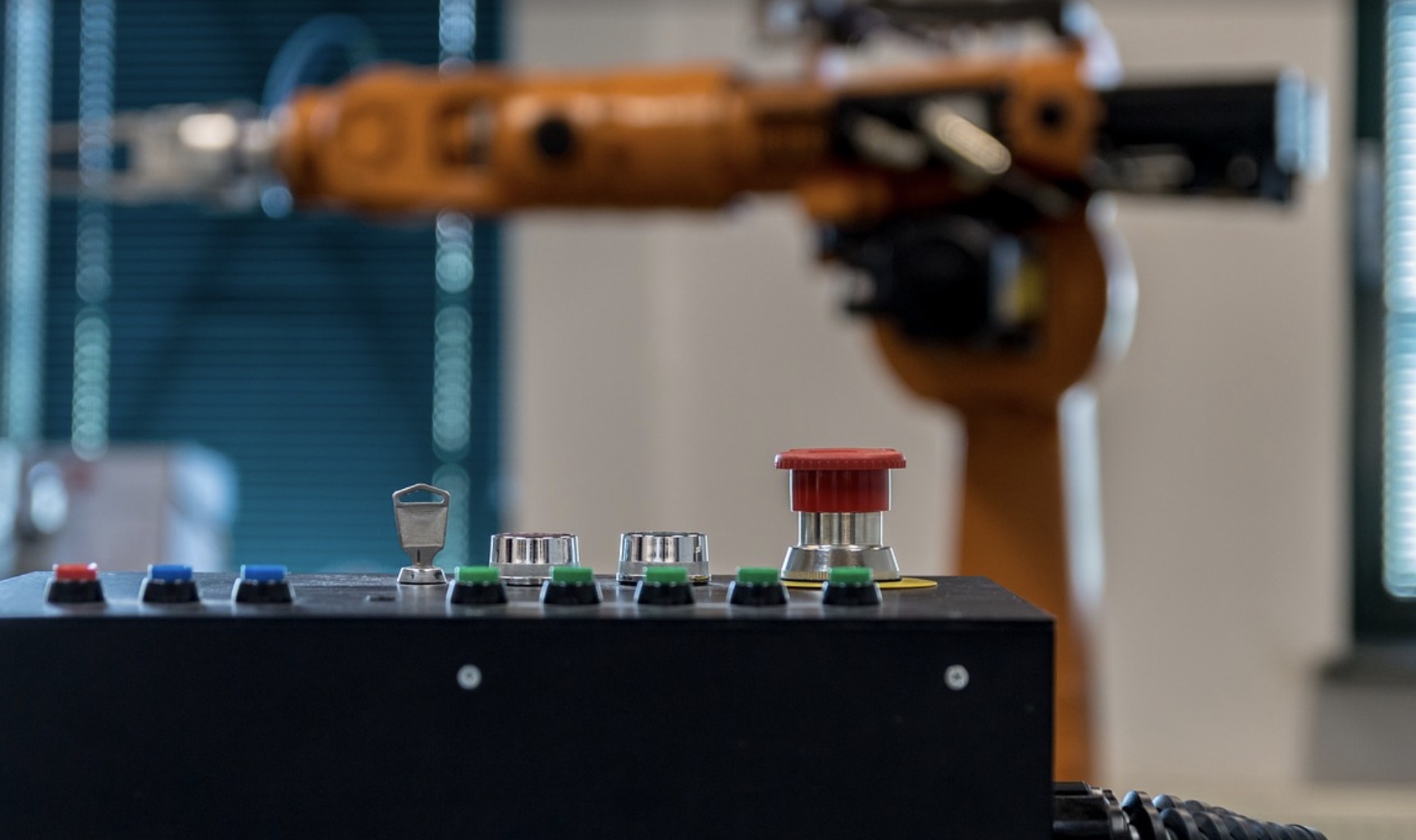
In most cases, if the processing operation relies on a robotic application where the product processed requires compression, it is necessary to know the weight of the force on the robotic equipment during the course of the operational function.
How to Measure Motion and Force with Force Sensors and Load Cells
As its name indicates a force sensor measures force on parts and equipment. It can be stand and lever operated or a hand held digital device that measures movement (travel) and weight of force in pounds.A load cell measures force as it is in motion by determining the effect of the weight of force on a body or structure and is then converted into SI units. For instance, industrial plants where hoppers contain liquid or dry materials, this requires measurement using a load cell device as a transducer.
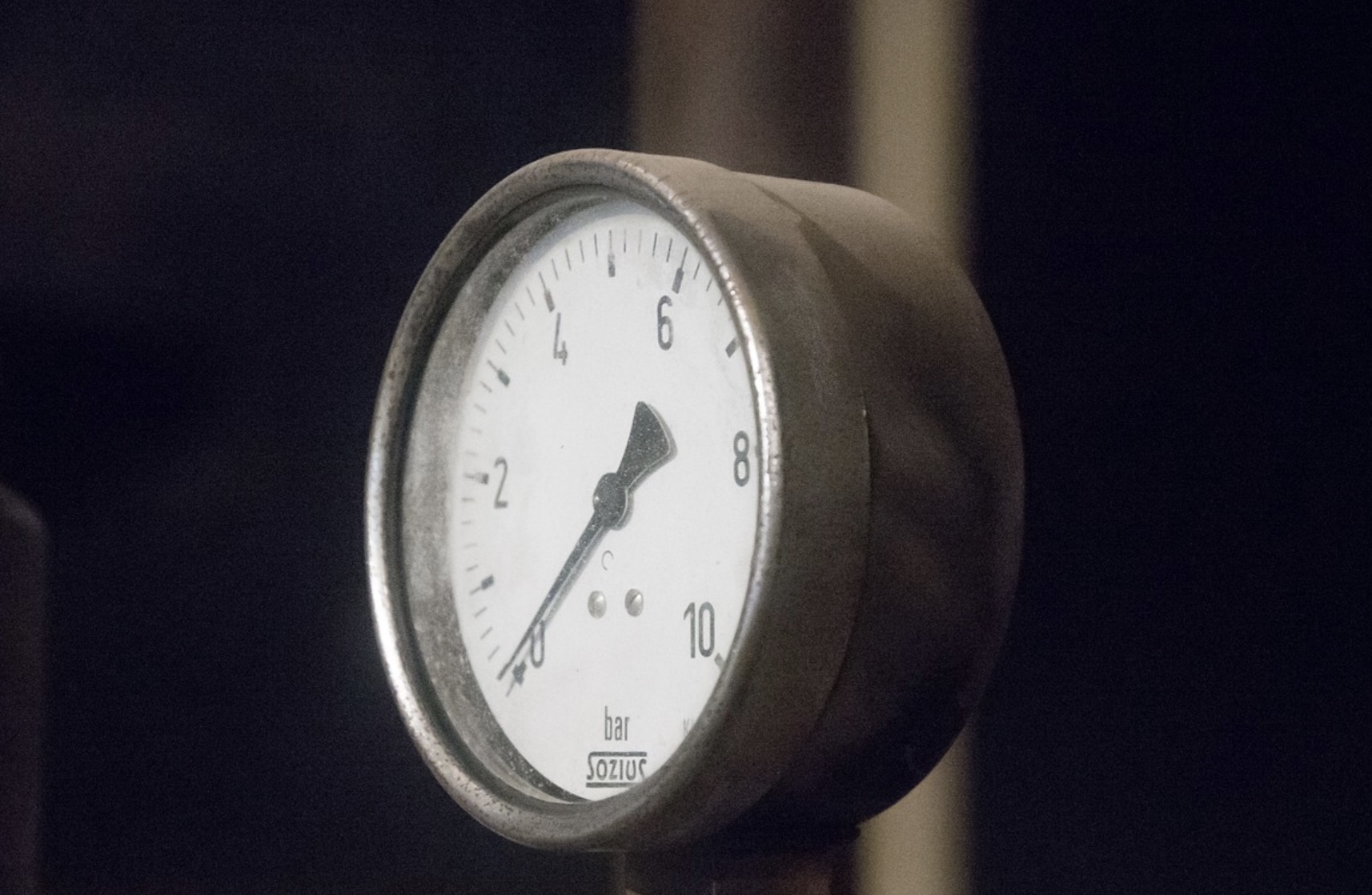
When force is applied, load cells receive an electrical signal that measures the weight of the force and the signal changes the read out in proportion to the signal received.
Conclusion
Contact information
Load Indicator AB
Aröds Industriväg 58
S-422 43 Hisings Backa
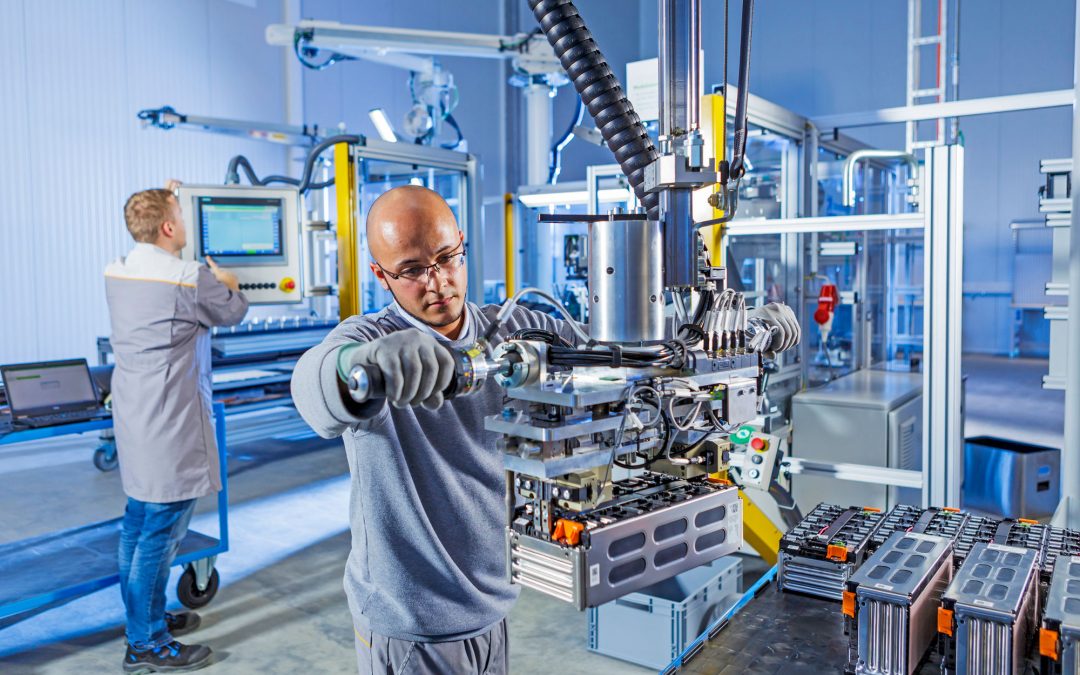
The future of Manufacturing In Europe
Europe witnessed many significant changes which have facilitated some of the most sustainable and competitive economies. In the year 2020, Europe is heading towards digitization with the plan for R and D finding and COP 21 for climate change which is a long term strategy which can be tricky down to the manufacturing sector. There are many technological innovations they are heading towards, which can be the reason for the right innovations which can have a productive outcome.
The factories
With all of the funding R&D development, we see that there is an allocation of approximately $17 billion on their budget. It is taken that manufacturing industry will see a lot of activities and advancement in computer and sensor technologies. The factor of the equation can easily grow information which can help them communicate better. There is also a 5G rollout plan which can help bring truth the vision allowing to connect these enterprises.
Nearshoring in the East
European countries like Poland, the Czech Republic, Hungary, Romania, Turkey, which can become a major hub for many of the manufacturing innovation that is happening. As there is an easy way to access the money here is a lot of innovation which can grant them cash and also tax incentives. Poland is still the largest and the strongest growing economy which can see advancements in the manufacturing industry.
Energy and Geopolitics
From purely a political standpoint the lifting of Iran Sanctions. The countries of Russia and China are coming together, which can have the right economic climate in both countries. There would be a lot of cheaper dumping goods which can be seen in the steel industry. The country of Iran can also provide a lot of growth opportunities for Russia and China which can have an aviation, automotive and shipping opportunities.
Carbon Neutral Manufacturing
One of the major ways to curb climate changes is going to be the introduction of COP21. This is one way they are trying to make sure that they can optimize the energy consumptions, which is plant and focuses on the electricity which forms a renewable source. The Europen Union is aiming to ensure that it can reduce at least 40% of the carbon emissions and green house effects. The main solution they have come up with is by providing carbon neutral manufacturing. This strategy is to de-carbonize by using intelligent distribution centres which can enforce sustainable power generation. This will lead to the creation of low power transmission systems which can later be shared by the organizations.
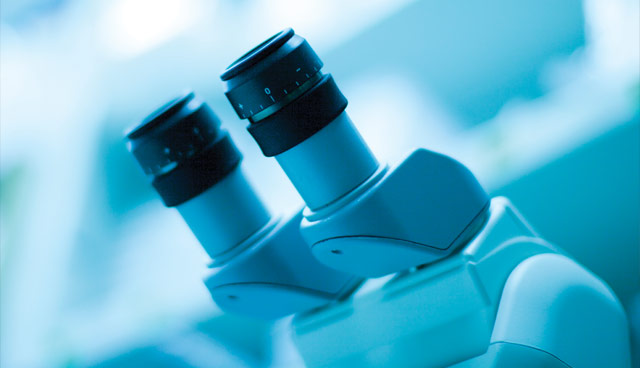
human-centred Manufacturing
With the changes that Europe is undergoing right, they are undergoing a huge structural shift which has seen a spike in the highly skilled workforce. They try to make sure that there is dynamic work which works by the context, skill development which becomes a core part of the operational policy.

